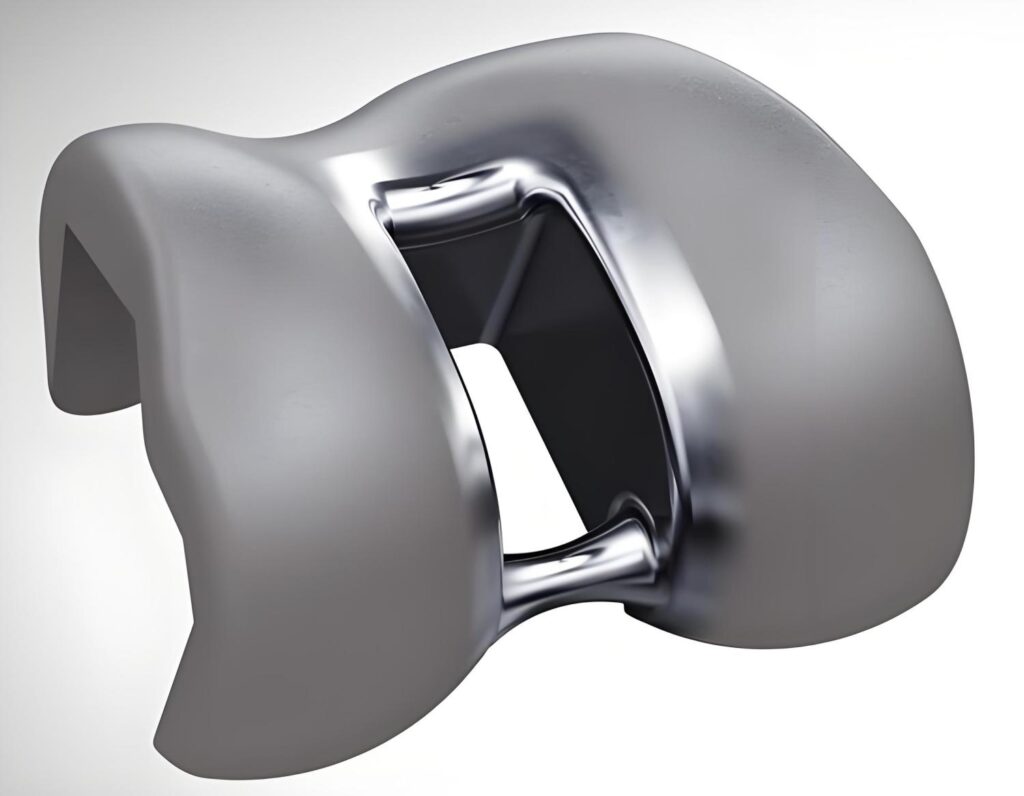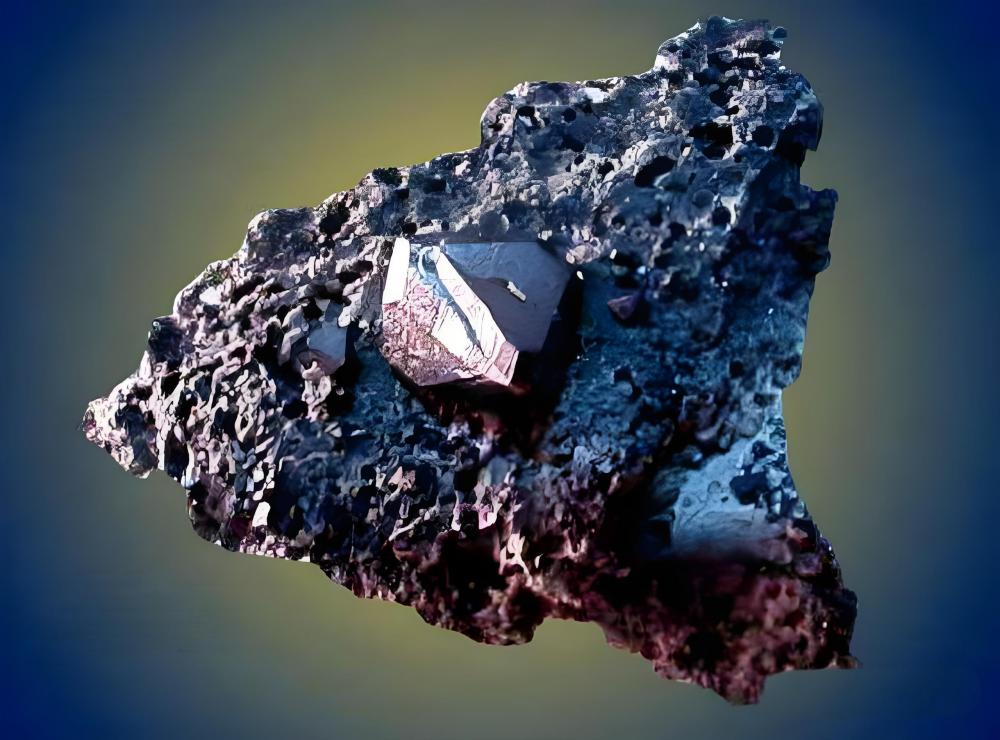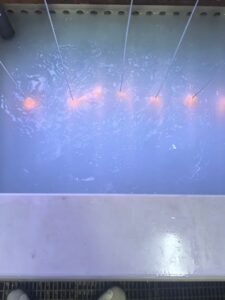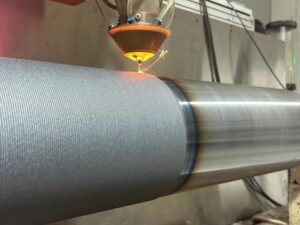Titanium is celebrated for its strength, lightness, and corrosion resistance—qualities that make it a staple in aerospace, medicine, and marine industries. But one question often arises for engineers, manufacturers, and even consumers: Is titanium magnetic?
This guide breaks down titanium’s magnetic behavior, why it acts the way it does, how alloys affect this property, and why it matters in real-world applications.
Is Titanium Magnetic? The Short Answer
No—pure titanium is non-magnetic.
Unlike ferromagnetic metals like iron or nickel, pure titanium does not attract magnets, nor does it become magnetized in a magnetic field. This holds true under normal conditions, making it ideal for applications where magnetic interference is a problem.
What About Titanium Alloys? Do They Get Magnetic?
Pure titanium is non-magnetic, but titanium alloys can sometimes exhibit weak magnetic properties—it depends on what they’re mixed with.
Titanium alloys are created by blending titanium with other metals to boost strength, workability, or heat resistance. Whether an alloy is magnetic hinges on its “alloying elements”:
- Non-magnetic alloys: Most common titanium alloys (e.g., Grade 5 Ti-6Al-4V, which mixes titanium with aluminum and vanadium) stay non-magnetic. Aluminum and vanadium are non-magnetic, so they don’t alter titanium’s inherent behavior.
- Weakly magnetic alloys: Alloys containing ferromagnetic metals (e.g., iron, nickel, cobalt) may show slight magnetic attraction. For example:
- Titanium alloys with >0.5% iron (common in some industrial grades) can pick up a weak magnetic charge.
- Alloys with nickel (e.g., Ti-Ni shape-memory alloys) may also exhibit mild magnetism, though this is rare in most industrial uses.
Even when magnetic, these alloys are far less magnetic than steel. Their magnetism is usually so weak that it rarely impacts practical applications—unless extreme precision is required (e.g., in MRI machines).
Why Is Titanium Non-Magnetic?
Titanium’s non-magnetic nature boils down to its atomic structure and crystal arrangement—two factors that determine how a material interacts with magnetic fields.
Electron Configuration: No “Magnetic Moment”
Magnetism in metals stems from the alignment of electrons in their atoms. In ferromagnetic materials like iron, unpaired electrons spin in the same direction, creating a “magnetic moment” that adds up to a strong magnetic field.
Titanium, however, has an electron configuration (1s² 2s² 2p⁶ 3s² 3p⁶ 3d² 4s²) with paired electrons in its outer shells. These electrons cancel out each other’s magnetic effects, leaving no net magnetic moment.
Crystal Structure: No Room for Magnetic Alignment
Titanium’s crystal structure also plays a role. At room temperature, it has a hexagonal close-packed (hcp) structure—atoms are tightly packed in a repeating hexagonal pattern. This arrangement doesn’t allow for the alignment of magnetic dipoles (tiny “magnets” within atoms), which is needed to create a magnetic field.
Factors That Can Affect Titanium’s Magnetic Properties
While pure titanium is reliably non-magnetic, three factors can tweak this behavior—especially in alloys:
Temperature: No Changes (Even Extreme Ones)
Titanium stays non-magnetic across a wide temperature range. Its “Curie temperature” (the point where a material loses magnetism) is far higher than its melting point (1,668°C/3,034°F), so even at extreme heat or cold, it won’t suddenly become magnetic.
This stability makes it perfect for high-temperature applications (e.g., jet engines) or cryogenic environments (e.g., space exploration).
Purity: Impurities Can Introduce Weak Magnetism
Pure titanium (99.5%+ Ti) is 100% non-magnetic. But if it’s contaminated with small amounts of ferromagnetic metals (e.g., iron from manufacturing tools), it may show faint magnetic attraction.
For example: Low-grade titanium scrap with iron residues might stick weakly to a magnet, but this is rare in industrial-grade titanium.
Alloying Elements: The Biggest Factor
As mentioned, the metals mixed with titanium determine an alloy’s magnetism:
| Alloying Element | Magnetic? | Effect on Titanium Alloy |
| Aluminum | No | Keeps alloy non-magnetic |
| Vanadium | No | Keeps alloy non-magnetic |
| Iron | Yes | Weak magnetism (if >0.5%) |
| Nickel | Yes | Mild magnetism (rare in most alloys) |
| Cobalt | Yes | Slight magnetism (uncommon in titanium alloys) |
Most industrial titanium alloys (like Grade 5) use non-magnetic elements (aluminum, vanadium), so they stay non-magnetic. Only specialty alloys with high iron or nickel content deviate—and even then, their magnetism is minimal.
Why Non-Magnetic Titanium Matters: Key Applications
Titanium’s non-magnetic property isn’t just a fun fact—it’s critical for industries where magnetic interference can ruin equipment, endanger lives, or compromise precision.

Medical: Safe for MRI and Implants
MRI machines use powerful magnets to create images. If an implant or tool is magnetic, it could:
- Pull toward the MRI magnet, damaging tissue.
- Distort images, making diagnoses harder.
Titanium solves this. Its non-magnetic nature (and biocompatibility) makes it the gold standard for:
- Hip/knee replacements
- Dental implants
- Pacemaker casings
- Surgical tools
Aerospace & Defense: Avoiding Magnetic Interference
Aircraft and spacecraft rely on sensitive navigation systems (e.g., compasses, radar) that can be thrown off by magnetic materials. Titanium’s non-magnetic property ensures:
- No interference with avionics.
- Stability in high-altitude magnetic fields.
Military equipment (e.g., submarines, radar components) also uses titanium to avoid detection by magnetic sensors.
Electronics: Minimizing EMI
Electromagnetic interference (EMI) can disrupt sensitive devices like smartphones, sensors, or communication equipment. Titanium’s non-magnetic nature helps:
- Shield components from EMI.
- Maintain signal integrity in radar or satellite systems.
Marine: Protecting Navigational Tools
Ships and submarines use magnetic compasses and sonar—both easily disrupted by magnetic metals. Titanium’s resistance to seawater corrosion and non-magnetic property make it ideal for:
- Submarine hulls
- Underwater sensors
- Navigation system housings
Conclusion: Titanium’s Non-Magnetic Edge
Pure titanium’s non-magnetic property is a game-changer for industries where precision, safety, and reliability matter. While some alloys may show faint magnetism, most retain this key trait—making titanium irreplaceable in medical, aerospace, and electronics applications.
At Precionn, we specialize in machining titanium and titanium alloys to meet your exact needs—whether you require non-magnetic components for MRI tools, corrosion-resistant parts for marine use, or high-strength alloys for aerospace. Our precision engineering ensures your titanium parts perform flawlessly, even in the most demanding environments.
Need help selecting the right titanium grade for your project? Contact our team today—we’ll guide you to the perfect material.




